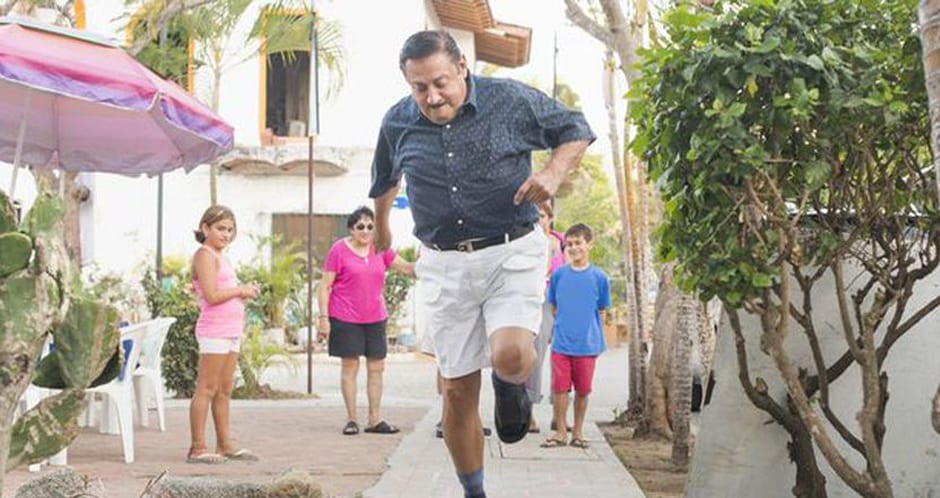
A study performed in the United Kingdom suggests that two minutes of hopping a day can strengthen hip bones in older people and reduce their risk of fractures. Researchers from Loughborough University found bone density in the hopping leg improved after just a year. Bones become thinner as we age, in particular the hip bone is linked with a higher risk of hip fracture due a more rapid thinning. Researchers said their findings had huge implications for the prevention of osteoporosis.
Increases of up to 7% were identified in the bone mass of some parts of the outer shell (cortex) and in the density of the layer of spongy bone underneath this. More important they found overall improvements in the thinnest areas of the bone most at risk of fracture following a fall.

The study assigned 34 healthy men between the ages of 65 and 80 to complete a program of hopping exercises on one leg only for a period of 12 months. The changes were then compared to the other leg. The program consisted of five sets of 10 hops with a 15 second interval in between each set. At completion of the program the participants had a second CT scan to compare the changes from the 12 months prior. The results showed clear visual differences between the leg exercised and the control leg. The exercised leg showed increased density where the femur connects to the hip bone and improved hip stability.
Whilst this study published some significant findings it was completed on healthy people without osteoporosis therefore it’s unclear if it would be beneficial for other older people who have medical issues and perhaps unsteady on their feet. Hopping may not be the most ideal exercise plan for those with osteoporosis in case they fall however overall the study shows some promising results that certainly can provide benefit as an early preventative.
Watch the video below to see a demonstration of Dr. Lani Simpson (Osteoporosis Specialist, Writer and Teacher) on how a simple exercise can help you regain bone mass.